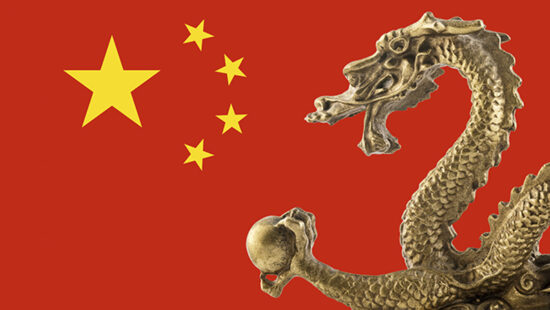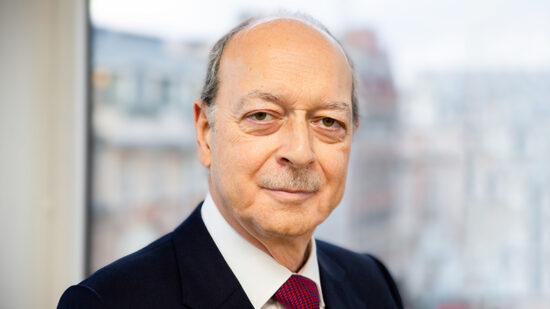Speaking on the Brewin Dolphin podcast, Williams outlined his four macroeconomic pillars, of which concern over the eurozone is one.
“Instead of worrying about China, which has far more policy buttons to press than we have, [the market] is right to be concerned about the eurozone and, if anyone is expecting Mario Draghi’s QE to solve the problem they are likely to be disappointed,” he said.
The second pillar is that the global market’s moves toward interest rate rises are progressing at best, by only the smallest of baby steps. And, as a result, he said, the world can look forward to “at least another two years of negative policy rates” and that is on top of the previous five, he pointed out, which to his mind means monetary policy will remain pretty loose.
Third on the list of four is the view that central banks can deliver change at a much lower terminal interest rate than markets are used to. Williams expects UK interest rates to peak at around 2.25% and the US at 4%, however, he said this is years down the line.
“The point is, however,” he said, “to do that central banks can just push on the other lever ultimately, which is to start selling back the government bonds that they bought under QE. That is one for later, not yet, but in the mean time they are keeping the sink of QE as full as it ever was.”
The final pillar is a view on emerging markets.
“It doesn’t smell at this stage like a blanket emerging market crisis. There will be vulnerabilities especially when it comes to dollar debt when the Fed begins to raise interest rates, but a lot of the funding strains are at a local level, in which case, why not print money,” he said.
“QE is a case of pass the parcel, from the US, from the UK, still with Japan, the eurozone is just starting and then perhaps the big emerging markets.”
Williams was, however, quick to reiterate that these are not normal times and as a result, there are good reasons for why nominal yields are so low.
“Let’s not underestimate the scale of the ECB QE and what is happening in Japsn, if you do the maths, for this year alone the ECB and the BoJ alone are looking to take out about $750bn of net new bond supply. So, where are the bond funds going to look? They could actually look to the UK or US for reasonably, high yields on a relative basis,” he added.
The other important point to note, said Williams, is the legacy of massive debt-to-GDP ratios as a result of QE. At a net debt to GDP level, which does not include the proportion of debt owned by governments, the UK is sitting on around 80%, the US on 85% and the eurozone 70%.
“That is more than twice what Japan’s was when it limped into its lost decade,” Williams said. “The difference is that much of Japan’s was domestically held, so they could get away with it. I am not sure the US, UK and eurozone, where at least half of it is held internationally, could do that. So, under those circumstances, how can central banks stand back from QE?
“The inconvenient truth is that even the US and UK are still running QE, the taps may be off but the sink is as full as it ever was.”







